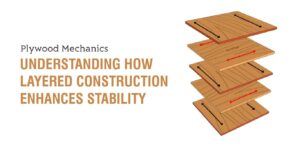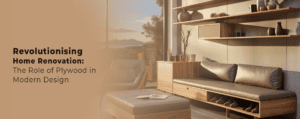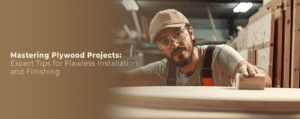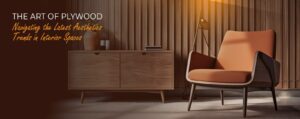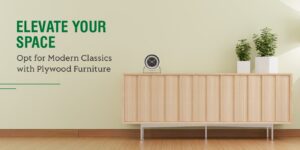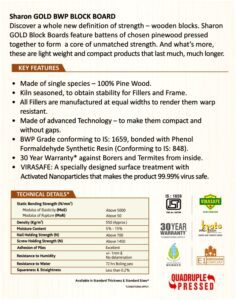



Have you ever given a thought to how modern construction and woodworking projects are excelling? The answer lies in plywood which is a type of Engineered wood. You must have heard about plywood. Want to know about its strength and stability? Now let’s take a closer look and also analyze the pros and cons of plywood.
Before we explore the advantages of plywood, you must first know what plywood is.
Plywood is an engineered wood that is made by bonding thin layers of wood veneer or strands using adhesives. While solid wood is cut directly from logs, plywood is made using a controlled process to make it solid and stable.
This wood type can easily be modified to meet your specific needs. It is also versatile and available in a range of thicknesses, so it has wide applications in various industries, including interior design and furniture.
Plywood comprises different layers of veneer that are glued together using heat and pressure to form panels. This is how you get one of the most useful engineered wood – plywood.
Besides being widely used for flooring, plywood also finds applications for shelves, certain furniture types, stair components, etc.
In summary, plywood stands out as a reliable choice among various engineered wood products as it offers superior strength, stability, and versatility. While other options like particle board, block board, and MDF exist, plywood’s exceptional properties make it a preferred choice for many manufacturers and craftsmen. With its well-processed construction and cost-effectiveness, plywood remains at the forefront of modern construction and woodworking innovations and ensures durability and quality in every project.
